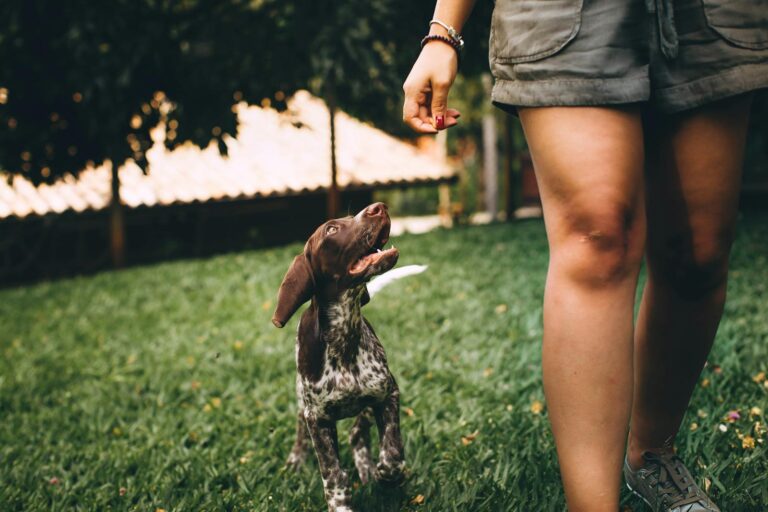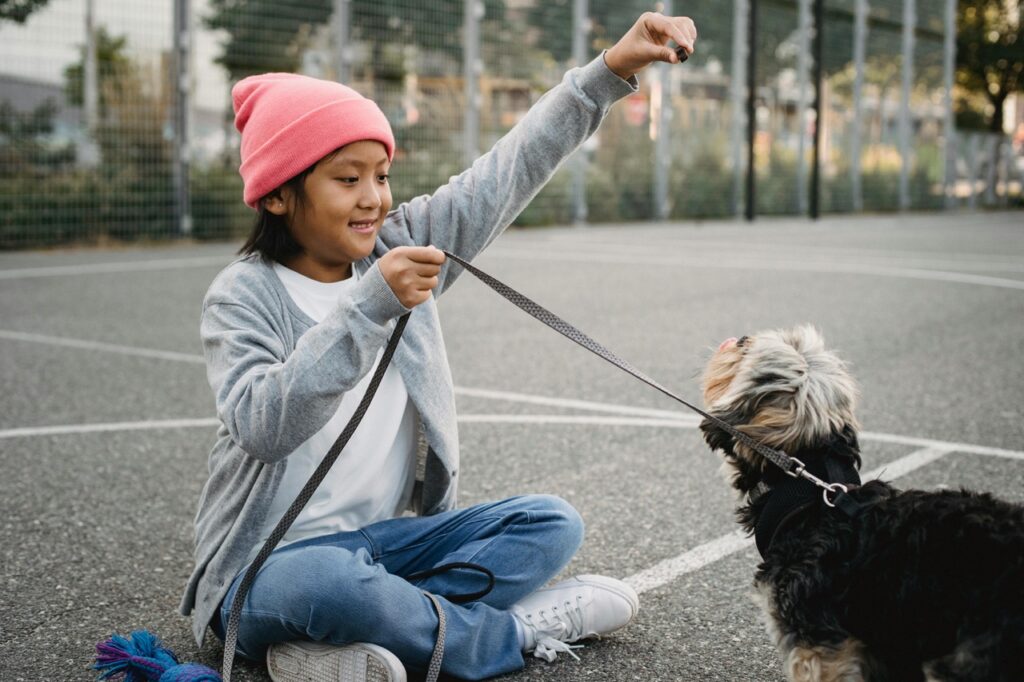Leash-pulling can turn a peaceful walk with your dog into a frustrating tug-of-war. Not only does it make the experience unpleasant, but it can also be dangerous for both you and your furry friend. The good news? With the right techniques and a bit of patience, you can train your dog to walk calmly by your side. This guide will take you through practical steps and strategies to end leash-pulling struggles and enjoy harmonious strolls with your dog.
Understanding the Root Cause of Leash-Pulling
Before diving into training methods, it’s essential to understand why dogs pull on the leash. Here are some common reasons:
- Excitement: Dogs are often eager to explore their surroundings.
- Lack of Training: Many dogs have not been taught proper leash manners.
- Inconsistency: Mixed signals from owners can confuse dogs about what’s expected of them.
- Distractions: Squirrels, other dogs, and interesting smells can divert their attention.
Step-by-Step Guide to Train Your Dog
1. Choose the Right Equipment
Using the correct gear can make a significant difference. Opt for a well-fitted harness that distributes pressure evenly and prevents choking. Avoid retractable leashes, as they can encourage pulling and make control difficult.
2. Establish Clear Communication
Training starts with clear communication. Use consistent commands such as “heel,” “let’s go,” and “stop.” Always reward your dog with treats and praise when they respond correctly.
3. Practice in a Controlled Environment
Begin training in a quiet area with minimal distractions. This allows your dog to focus on learning without being overwhelmed by stimuli. Gradually introduce more challenging environments as they improve.
4. Use Positive Reinforcement
Reward-based training is highly effective. Whenever your dog walks calmly by your side, offer treats, praise, or playtime. This reinforces the behavior you want to see.
5. Teach the “Heel” Command
The “heel” command is crucial for leash training. Start by holding a treat close to your dog’s nose, then slowly move it to your side. As your dog follows, say “heel” and reward them. Repeat this process until they associate the command with walking beside you.
6. Implement the Stop-and-Go Technique
If your dog starts to pull, stop walking immediately. Stand still until the leash slackens, then continue. This teaches your dog that pulling leads to a halt in the walk, while staying close allows the walk to proceed.
7. Be Patient and Consistent
Training takes time, and consistency is key. Set aside regular training sessions and stick to the same commands and rewards. Patience will pay off as your dog gradually learns to walk calmly.
Addressing Frequently Asked Questions
Q1: How long will it take to see results?
A: Every dog is different, but with consistent training, you can see improvement within a few weeks. Some dogs may take longer, especially if they have developed strong pulling habits.
Q2: Can older dogs be trained to stop leash-pulling?
A: Absolutely! While it might take more time and patience, older dogs can learn new behaviors. Consistency and positive reinforcement are essential.
Q3: What if my dog pulls towards other dogs or distractions?
A: Use the “heel” command and redirect their attention with treats or toys. Gradually expose them to distractions while maintaining control and rewarding good behavior.
Q4: Are there any breeds that are more prone to leash-pulling?
A: Some breeds, particularly high-energy ones like Huskies and Beagles, may be more inclined to pull. However, with proper training, any dog can learn to walk nicely on a leash.
Q5: Should I use a professional trainer?
A: If you’re struggling or feel unsure, a professional trainer can provide personalized guidance and support. They can address specific issues and help accelerate the training process.
Conclusion
Training your dog to walk calmly on a leash requires dedication and consistency, but the rewards are well worth the effort. By understanding the root causes of leash-pulling and using positive reinforcement techniques, you can transform your walks into enjoyable experiences for both you and your dog. Remember, patience and persistence are your best allies in this journey. Happy walking!


